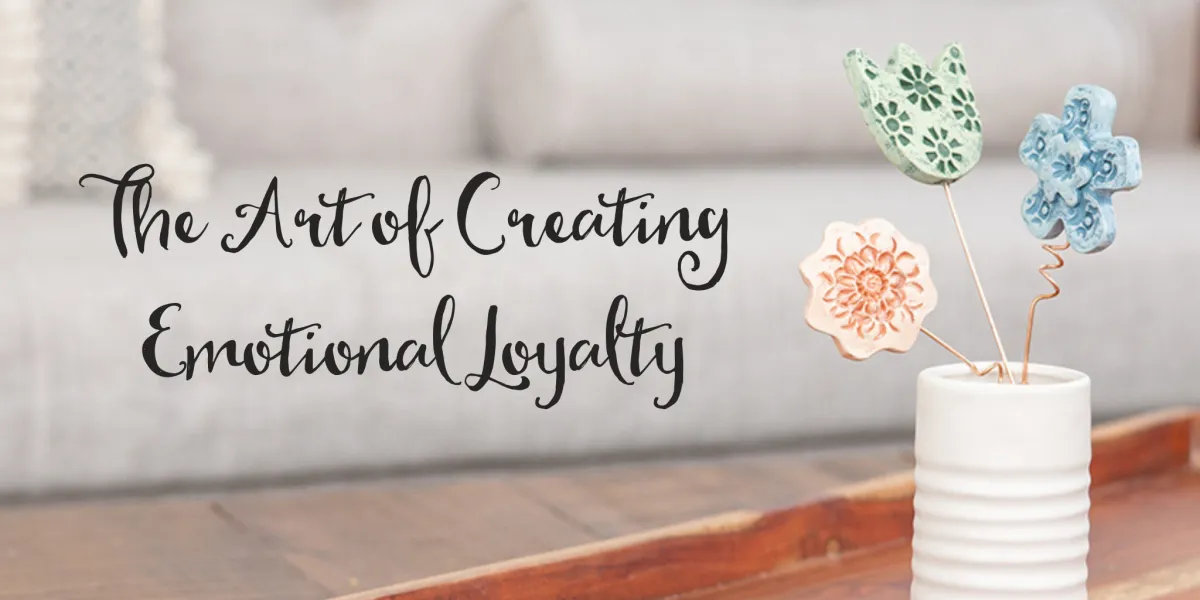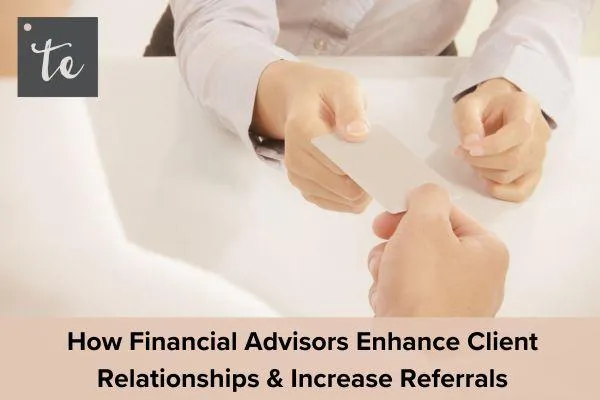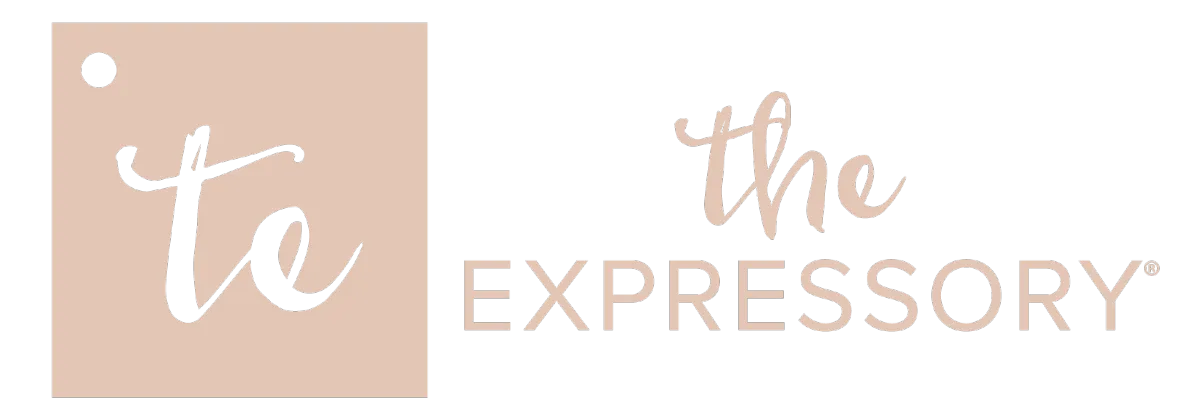
What Swimming Teaches Us About Team Relationships
In my latest video, I break down how swimming teaches us the importance of these relationship-building efforts and the specifics of what we as leaders need to nurture with our teams.
Holiday Gift Insights - What Everyone Else Is Doing
In an effort to simplify the decision-making process, we're sharing some of the trends we've seen with gifting over the years. We're even sharing our best seller and why that gift had such success.
What Makes A Successful Holiday Gift? The Travel Bag Edition
Last year we had the opportunity to work with one of our clients in the travel and tourism space to design an experience that delivered their highest engagement yet.

How Financial Advisors Enhance Client Relationships & Increase Referrals
Financial Advisors understand the importance of building and nurturing relationships with clients. However, despite the understanding of how to use relationship nurturing for business growth, and the clear benefits of doing so, many struggle to articulate if they have a true integrated marketing strategy. In my experience with the financial advisory industry so far, I see firms struggle to manage a couple of consistent relationship building efforts, with limited overarching strategic plans to guide them.
As I looked to explore some of the causes of this challenge, I was introduced to Kelly Edwards through a colleague. She has been serving Financial Advisors for over 12 years, as CEO of Lawton Marketing Group. They are a full-service branding and marketing agency that specializes in working with successful financial advisors and teams.
In our conversation, Edwards shed light on why these challenges exist and offered practical advice to turn these obstacles into opportunities. Afterall, she did publish a book on the subject of referrals - The Referral Magnet: Growing Your Financial Practice Through The People You Already Know.
Marketing Roadblocks
Mindset
The first thing I wanted to hear from Edwards was what she sees financial advisors struggling with when it comes to growing their business. She quickly told me that a lot of them tend to have a perspective about marketing that makes them feel ashamed. “They know that they should be doing marketing and they almost feel like there’s something wrong…they will almost apologetically tell me – Almost all [my business] comes from referrals and I know I should be doing more marketing.”
The thing is, referrals should be part of the overall marketing strategy. They are not separate. This perception creates a disconnect, making it difficult to develop a cohesive strategy.
And that is a shift that Edwards’ team looks to make from the start, telling me “It’s still marketing, but it’s relationship marketing.” It’s all about deepening the relationships with the people you already have in your community and making sure you’re staying top of mind.
Until an advisor works through this mindset shift, they often undervalue the power of relationship marketing and continue to operate without an overall strategy.
Compliance and Rejection
Another roadblock financial advisors often encounter when considering their overall marketing efforts is that the financial industry is heavily regulated. Compliance issues can stifle creativity and paralyze marketing strategies. Advisors frequently encounter restrictions on what they can do or give to clients.
The fear of rejection from regulatory bodies discourages advisors from pursuing new marketing ideas, causing them to abandon potentially effective strategies. Edwards told me, “A lot of times when we talk to somebody, they’ve given up on, they gave up a long time ago on trying to do a lot of the stuff that they know they should do.”
Business Operations
The demands of daily operations often make it challenging for advisors to allocate time and resources to develop a comprehensive relationship marketing strategy. Until an advisor has grown their team enough to delegate some of these operational efforts, it can feel like an uphill battle to dedicate time to the strategic work.
And unfortunately, without the strategy and a structured plan, advisors often resort to sporadic, ad-hoc touches that fail to create lasting impressions, customer loyalty, and high levels of referrals.
Developing an Effective Relationship Marketing Strategy
To help advisors overcome these challenges, Edwards recommends a structured approach to relationship marketing. It usually starts by understanding where the advisor is experiencing the most business growth.
Lawton Marketing Group trains their clients to think about their client lifecycle in two phases. In the beginning phase, which is the moment they reach out until they are fully onboarded, you receive what they call “transformation referrals”. Transformation referrals happen because the client feels you are actively transforming their lives at that point in the relationship. This is when they tell their friends and family what you’re doing for them.
After that point, until they are no longer clients, you get what they call “relationship referrals”. These referrals happen by maintaining strong relationships and staying top of mind. Edwards finds that their clients are stronger in one phase or the other, but generally not both. Understanding the gap provides a starting point for The Lawton Marketing Group to design a strategy and provide a plan.
Here are some of the best practices we discussed:
Establishing Foundational Pieces
Before diving into relationship marketing, ensure your foundational pieces are in place. Edwards underscores the importance of having a solid brand identity.
Logo and Website: Your logo and website should be professional and reflective of your brand. They are often the first impression potential clients get of your business.
Messaging and Bio: Your messaging should be clear and consistent across all platforms. Make sure your bio highlights your expertise and the value you bring to your clients.
Client Materials: Have a set of materials ready for new clients, such as a capabilities deck and a welcome packet. These help reinforce your brand and set the tone for the client relationship.
Develop Processes
A well-thought-out plan can make your relationship marketing efforts more effective and consistent.
Dedicate time, once a year, with your team or a key advisor, to plot your strategy for the year. What will your priority touchpoints be? Develop a plan for the entire year. Decide on the occasions you’ll send gifts and what those gifts will be. For example, choose a consistent go-to baby gift, wedding gift, and get-well-soon gift for the year.
Segment your clients into different categories (e.g., A+ clients and everyone else). This allows you to tailor your touches based on the importance and needs of each group. Determine how often this segmentation needs to be reviewed and updated.
Implement Strategic Gifting
Gifting is a powerful tool in relationship marketing. Edwards emphasizes its importance: “Gifting is a huge way to move the needle. It’s not just client service; it’s relationship marketing.”
Choose thoughtful, personalized gifts that reflect your clients’ interests and needs. Use branded items sparingly. While a branded mug might be appropriate in some contexts, avoid branding highly personal gifts like baby blankets.
Use a Mix of Tactics
Edwards suggests combining information touches, events, and strategic time together.
Mix Digital and Physical Touches: Combine digital and physical touches to keep your interactions varied and engaging. Newsletters, both digital and print, can be particularly effective. As Edwards notes, “Print breaks through the clutter and is a little more unique.”
Information Touches: Send regular newsletters and updates that provide value. Share insights on financial topics, but also include personal updates about your team and your achievements.
Events: Organize events to engage with your clients. Whether it’s a seminar, a dinner, or a casual meet-up, events can strengthen your relationships.
Regular Check-Ins: Schedule regular check-ins with your top clients. These don’t always have to be formal reviews; sometimes, a simple phone call or coffee meeting can make a significant impact.
Maintain Consistency
Staying top of mind with your clients requires regular, meaningful touch points. Identify key occasions for gifting ahead of time. This ensures consistency and reduces the risk of sending the same gift multiple times.
Measuring Success
To gauge the effectiveness of your relationship marketing efforts, consider tracking the following metrics:
Referral Rates: Monitor how many referrals you receive and from which clients. This can help you identify patterns and areas for improvement.
Client Engagement: Track engagement with your newsletters, events, and other touch points. High engagement levels indicate that your efforts are resonating with your clients.
Client Retention: Measure your client retention rates. Strong relationship marketing should lead to higher retention and more loyal clients.
Edwards provided some fantastic insight into the overarching challenges of relationship marketing in the financial industry. With some dedicated time, and a bit of a mindset shift, your firm can easily design annual marketing strategies that will increase your referrals and overall client loyalty. If you need some guidance on what occasions make sense for your firm to acknowledge or what touchpoints make sense, you can always reference our free guide for Creating Emotional Loyalty By Design. Or bring your questions/ideas to one of our upcoming Q&A sessions for discussion.
Remember, as Edwards says, “With a little more strategy and not a ton of time or money invested, you can radically increase the number of referrals and the quality of your client relationships.” So, take the time to implement these strategies and watch your practice grow.
Address:
1500 S. Sylvania Ave #106
Sturtevant WI 53177
Phone:
414.243.8971

